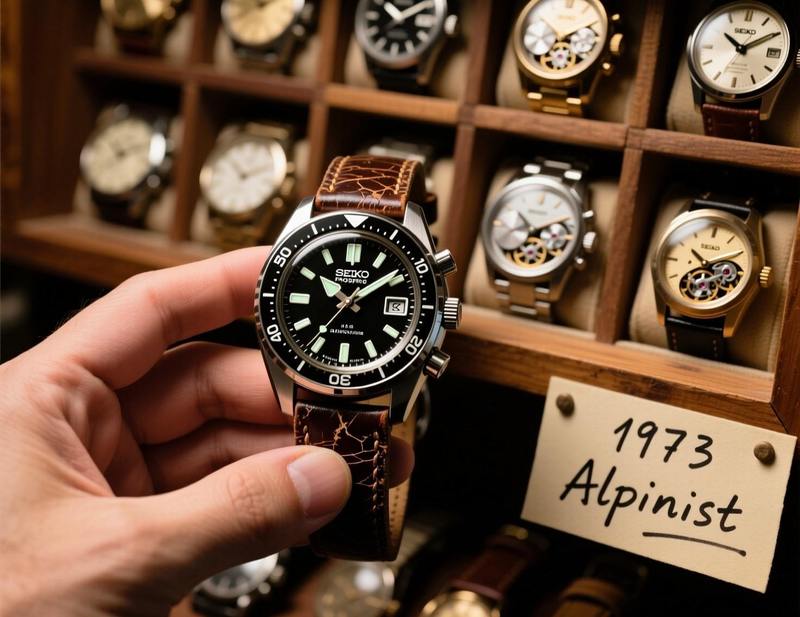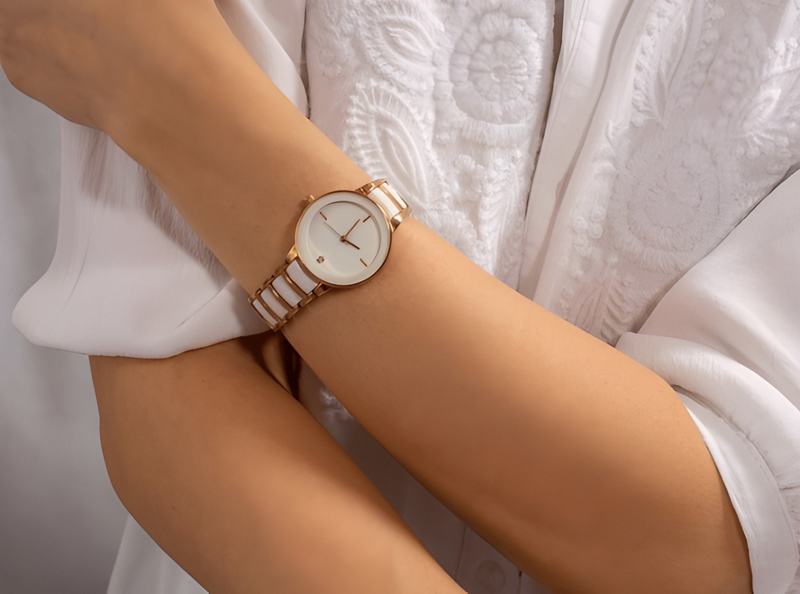How to Prevent Hidden Recording Devices in Private Spaces
9
0
·
2025/10/15
·
4 mins read
☕
WriterShelf™ is a unique multiple pen name blogging and forum platform. Protect relationships and your privacy. Take your writing in new directions. ** Join WriterShelf**
WriterShelf™ is an open writing platform. The views, information and opinions in this article are those of the author.
Article info
Categories:
⟩
⟩
Tags:
Total: 993 words
Like
or Dislike
More from this author
More to explore










The inviolability of privacy—be it a hotel room, a vacation home, a changing room, or your own office—is the essence that guarantees one's security and freedom. The idea that this privacy and liberty could possibly be eroded by some kind of surveillance is now an apparent concern. The invasion of tiny recording technology is making these devices more accessible and the act of detecting them more difficult. Hidden recording devices can be disguised as smoke detectors, USB chargers, picture frames, or even clothing hooks. It should be a habit to look around for these threat objects. Though the very idea of being recorded without one's consent is itself horrifying, there are practical and efficient measures to regain one's assurance, thus protecting one's private moments from unwarranted surveillance.
Proactive Steps to Deter and Locate Hidden Recording Devices
For your protection, these tools are basically a combination of your own sense, a few technical aids, and your proactive decisions. Being a secret agent is not a requirement for sweeping a private room simply and effectively. The trick is to make perpetrators think twice and see where common covert devices are installed.
1. The Physical "Telltale Sign" Sweep
Your primary and perhaps best first line of defense is your own eyes. Take some minutes scanning the premises, going slowly and methodically. Look for anything that appears out of place, unnecessary, or oddly positioned; pay particular attention to things that have a direct line of sight to beds, couches, or any other place one reasonably ignores.
Check Common Hiding Spots: Electrical outlets, smoke detectors, air purifiers, alarm clocks, TVs, power strips, etc. Look for small pinholes that could hide a camera lens.
Inspect Wires and Cables: Are there wires that don't seem to go anywhere? Is a brand-new USB charger plugged in that you didn't leave there? These can be red flags.
Look for Duplicates: Why are there two smoke detectors in a small room? Why two identical wall outlets right next to each other? One might be fake.
Examine Objects: Books on a shelf, tissue boxes, mirrors, and stuffed animals can all be hollowed out to house a camera or microphone. Gently check if objects seem unusually heavy or fixed in place.
2. Use Technology to Fight Technology
There are two principal ways your smartphone can be an important weapon against unwanted surveillance:
Camera Lens Detection: The lens used for the hidden cameras is either glass or plastic such that light is reflected off it. In a darkened room, turn your flashlight on and sweep it slowly across the room. Look for bright, sharp glints of light reflecting back at you. A bluish/purplish hue is commonly associated with reflection from a camera lens.
RF (Radio Frequency) Detector Apps: Many hidden cameras, especially those that stream footage live, will transmit via wireless signals. You can download apps for RF detection that will turn your phone into a bit of a detection device for these concentrated signals. They are not as effective as professionally dedicated pieces of equipment but can serve as a complementary check.
3. Listen for the Unusual
In a room that is perfectly quiet, listen carefully. Some older and lesser-quality recording devices may emit a very slight buzzing or clicking sound. Because most modern devices are silent, this detection method is not very reliable; however, it is free to try.
4. Invest in a Professional RF Detector
For those who travel a lot or have serious concerns, it will be worth it to invest in a dedicated RF detector. These handheld tools are specifically designed to detect radio frequencies given off by wireless cameras, audio bugs, and GPS trackers. They are superior in sensitivity and reliability to phone apps and can scan across wide frequency bands, giving you a lot more confidence.
5. Secure Your Wi-Fi Network
While in your own private space, for example, at home, your Wi-Fi network may act as an entrance for spy software. Always lock up your network with a strong and unique password. If your choice is to use a firewall, you can also consider using the VPN (Virtual Private Network) on your router for an added encryption layer. Furthermore, should you frequently check the list of devices connected to your network, any unknown device would be a concern.
Understanding the Legal Landscape and Your Rights
It is one thing to know how to locate a device; it is another to decide what implication should be asked in case it is noticed. Laws on surveillance significantly vary from country to country and even at the local level. In any case, the general rule is that recording audio without the consent of all parties involved with it is illegal in many places, while video recording in an area where a person has a reasonable expectation of privacy, like their bedroom or bathroom, is almost universally considered illegal. If you discover a device, do not touch it. Report it to the local authorities and the property management (if you are in a hotel or rented apartment) right away. These are bound to conduct an investigation and involve law enforcement.
Cultivating a Mindset of Situational Awareness
Ultimately, the best defense is a proactive and aware mindset. Whenever you enter a private space that does not belong to you, develop a quick security check—like locking your door—into your routine. Trust your gut. If something feels "off" about an object or the room's layout, it's better to investigate or even request a different room. This isn't about paranoia; it's about practicing sensible, modern-day privacy hygiene.
In this world, wherein every action is monitored online, the last thing one needs is a breach in the physical sanctum. The combination of simple visual checks, technology in the pocket, and some knowledge on how flat gadgets basically work lumps together where one can significantly reduce risk. These steps give the comfort of privacy, knowing that one has taken active precautions against the risks of hidden recording devices.